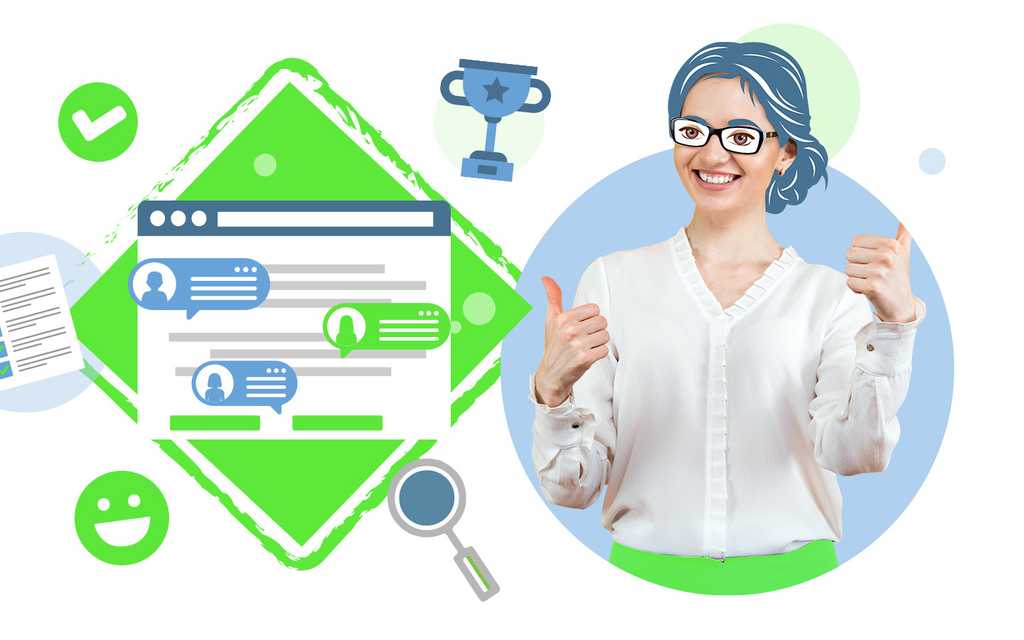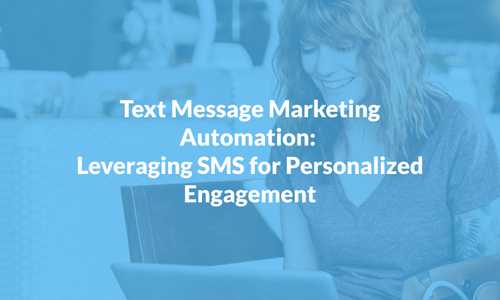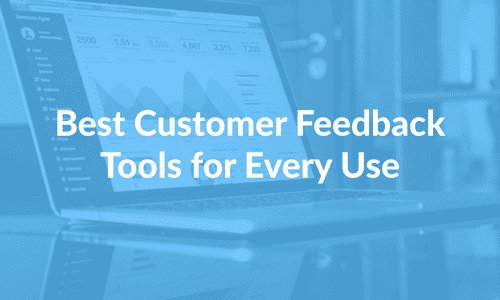No matter if you provide software, offer an online platform, or manage an online store: I’m quite sure you know how important onboarding is for the success of your business.
But how effective is your onboarding strategy?
Do you think you’ve got most of the steps in place to ensure that your users are adopting your product and, in turn, becoming advocates for it?
Or do you still feel you’ve got some room for improvement when it comes to optimizing your onboarding strategy?
You’ve probably heard the expression “bringing you users from zero to hero”. Well, that pretty much sums up your main goal when it comes to onboarding new users. You want to give them all the information they need to achieve their goals at each stage of the discovery journey.
If we want to get more technical, we can say that onboarding is an educational process that leads to activation and facilitates a trial-to-paid conversion.
Although there are different stages of activation during the customer lifecycle, the initial step occurs when the user is successful and achieves their first goal. Your onboarding journey should, therefore, be laser-focused on getting your users to their goals as fast as possible.
It’s clear, then, that time-to-value (the time between sign-up and first quick wins) is a deciding factor that impacts your conversion and retention rate.
ProfitWell carried out research on 500 software solutions and discovered that customers who go through a pleasant onboarding experience are way less likely to churn and that a positive onboarding experience increases trial-to-paid conversion by 20% on average.
It’s safe to say that creating a great onboarding experience and consistently optimizing it should always be one of your top priorities.
So, without further ado, let’s analyze some traits and important factors that will help you create a memorable and effective user onboarding experience that will help you boost product adoption.
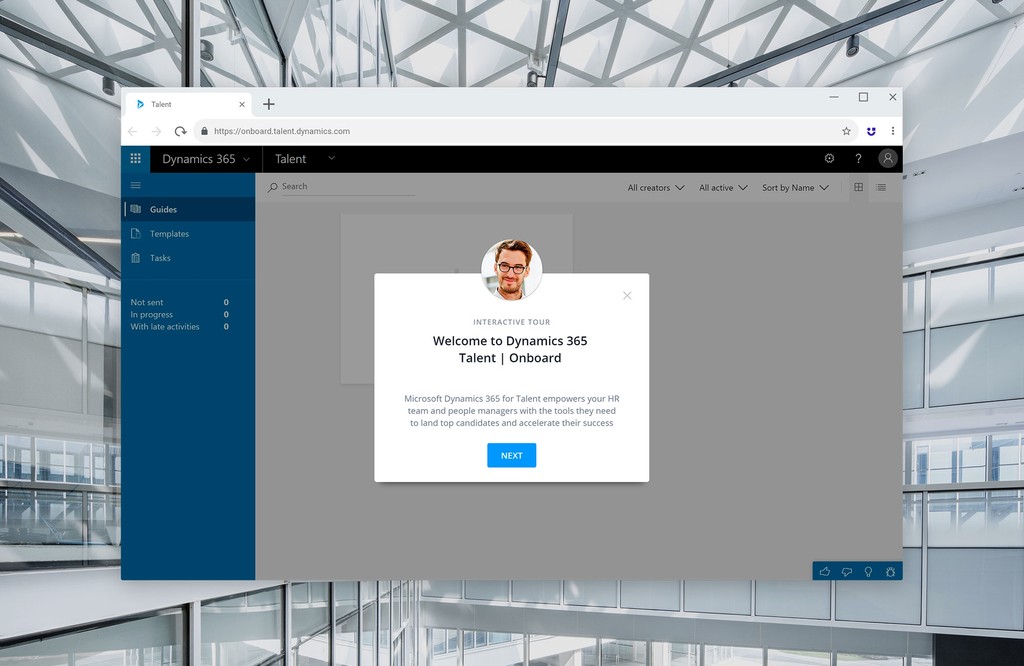
Define Your User Personas and Their Objectives
The first step in creating the best user onboarding experience is knowing exactly who you’re designing the flow for and what each single user segment wants to achieve.
Unless your solution is only used for one specific purpose and one single user, it’s important that you create personalized discovery journeys for different user personas. A single cookie-cutter solution won’t do the job!
It all begins with identifying the goals and desired outcomes of your users. Why are they investing time in exploring your solution? What do they want to achieve?
Each use case is connected to an outcome that should affect performance indicators your user persona’s performance is measured against, and the ultimate goal is leading that specific user to see how your solution is going to impact their performance.
To do this, it’s necessary to design a discovery journey tailored to the expectations of each specific user segment. This journey can take different directions and leverage multiple channels (live chat, interactive guidance, emails, academy…), but eventually, the user needs to have all the information they need to be able to achieve some quick wins and approach even the most complicated and advanced tasks.
Accounting software QuickBooks, for example, presents users with options based on what they want to achieve from the very beginning to then create the perfect contextual flow for them.
Take Full Control of What Happens at the Beginning of the Journey
Let’s think of a discovery journey in terms of exploring a new city. It’s hard not to feel inspired when visiting cities like London, New York, or Barcelona. No matter how you decide to explore these cities, chances are you’ll fall in love with what you see.
But the overall experience becomes even more unique and immersive if you happen to be guided by a local. Why? Because people who grew up in a place know exactly how to impress you. They know where to go and have access to all the hidden gems that tourist guides don’t.
Plus, locals tend to add stories, heighten the emotion, and make a visit to a new town memorable.
The same applies to your platform. You know exactly what users need to see and do and at what point in order to fully enjoy their discovery journey.
And while you accompany new users through the first steps in your application, you can also explain choices and keep selling your solution by presenting it in the best light – just like a local and not a tourist guide!
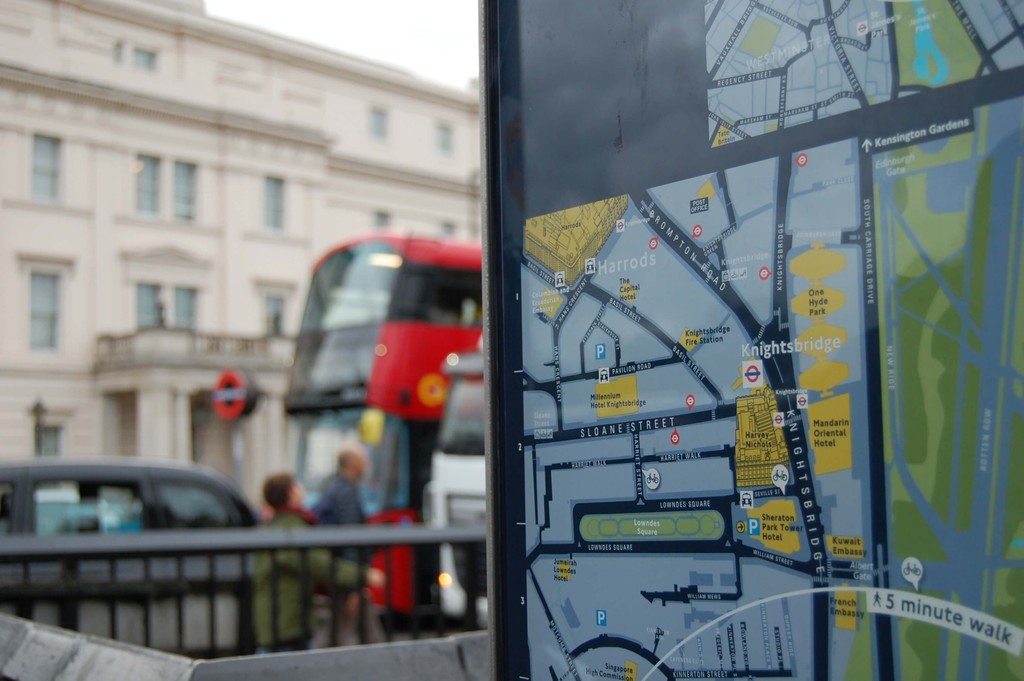
Create a Mission Plan
To develop your discovery journey, you need to create specific checklists and make sure that your users accomplish all their onboarding tasks in the correct order as quickly as possible.
Users need to see their progress and be motivated to continue by knowing what goals they will achieve.
Some key actions are connected to specific “aha (or lightbulb) moments”. You need to steer users to perform such actions by creating an efficient user flow that provides them with all the tools to achieve some quick wins.
Even though interactive onboarding checklists and walkthroughs allow users to become self-sufficient in a much shorter time, platforms like Quora, Google Suite, or Gusto provide good examples of non-interactive checklists that show users exactly what they need to do to use the platform or application.
Once you know your customer personas, you need to create an action plan that quickly leads them to their desired outcome.
Set Clear Expectations
You must be extremely clear when setting expectations with your potential customers. Don’t over-promise.
For example, when you launch a new Google Display Network campaign, the system promptly informs you that it’ll take at least 14 days for the system to learn and optimize its targeting based on your desired outcome. The message is clear: You will need to wait at least 14 days for the system to perform what you want it to.
Always connect every action in the onboarding journey with specific results. Keep track of every event to show progress. Always remind users why they signed up in the first place and show them the specific roadmap and schedule that will lead them to success.
Uncertainty is off-putting. Have you ever had to stand in line at a theme park to get on a ride? Imagine standing there not knowing if you need to wait for 30 minutes or two hours. You’d probably give up and leave after 15 minutes.
Some theme parks, nowadays, actually add signs at specific locations that show how long you’ll have to wait. And because you know exactly what to expect, you can decide if you want to stay in line or not.
Additionally, most rides try to motivate you while you wait with teasers reminding you of the excitement and thrill that awaits you at the end of the line.
The lesson here: Help users keep the goal in sight at all times!

Find the Perfect Balance between Guidance and Exploration
The best video games are those that give you a specific mission you need to accomplish while also giving you some time to freely explore the game’s virtual environment on your own.
This incredible mix of free exploration and guided actions within the game’s narrative fosters self-determination and engagement.
Going back to our example of a city tour, it’s clear that the best host knows their guests need some free time to explore the city on their own after being shown some of the most spectacular or secret views.
You need to experiment and find that sweet spot between guidance and exploration in your platform as well.
Show Complexity in Steps
Games always provide the best examples when it comes to onboarding new users.
They maintain a continuous sense of achievement and novelty by teaching users how to play by exposing them to staggering levels of complexity.
Gamers learn by doing and achieving results. And this leads to a very pleasant onboarding experience.
No modern game would try to onboard its new users by directing them to documentation or video tutorials after signing up. Non-interactive tutorials are the worst joy killers!
Similarly, a knowledge base or a FAQ page can become SaaS-killers. Users need to interact with your solution as soon as possible in order to maintain a constant level of enthusiasm.
Games also always seem to present users with the perfect grade of complexity at each stage. If a level is not challenging enough, users soon become bored. If a level is way too complicated at the beginning, users might feel frustrated and abandon the platform.
The same can happen in your software. It’s your mission to guide users to the most advanced and often useful features in your application. But you need to decide when users have all the information and tools which are required to move up the ladder and level up.
Having access to advanced features in a short amount of time is crucial for both activation and retention.
But, keep in mind, you can also gate specific features and grant access to them once users accomplish specific onboarding tasks. You can then use them to establish a reward mechanism that reinforces intrinsic motivation.

Focus on the Essential Components of a Great Onboarding Experience
The onboarding process is a learning experience and as such, it is characterized by specific elements that make the journey a lot more noteworthy and effective.
The journey should always hinge on the user’s sense of purpose and achievement.
Think back to your days in school. Nothing is more complicated than learning random concepts by heart without knowing why!
You need to focus on creating an immersive experience that maintains momentum and flow.
The overall onboarding experience needs to be organic and integrate naturally with your product’s standard operations. You don’t want your users to abandon your platform to learn how to move on to the next step. Remember, maintaining momentum is paramount at this stage!
Empower your users by allowing them to quickly progress without hesitation. Use every opportunity to trigger action. Provide in-app contextual support based on your user’s intent and allow them to become independent while actually performing tasks in your platform.
Remove uncertainty by avoiding options at each stage. A dashboard full of options is fancy but intimidating. Try to present users with meaningful choices based on where they are in the discovery journey and what they want to achieve, and make the best use of empty states.
Your overall goal is removing friction at each stage of the onboarding journey, from sign-up to success.
Monitor Progress and Intervene
One of the biggest mistakes in the onboarding phase is not monitoring engagement.
As mentioned in the introduction, time-to-value impacts your churn rate. Users who accomplish all their onboarding tasks within the first 48 hours after signing up for a new service are, on average, 40% less likely to churn.
It’s your priority to monitor engagement during the onboarding phase and automate actions when users seem to be inactive.
Re-engagement campaigns triggered by user behavior (not completing onboarding tasks, not interacting with key features, not testing advanced features) are just as important as mail campaigns that reward users for being active and performing key actions in the platform.
On top of the data and indicators, you collect automatically, also make sure to put a mechanism in place that allows you to survey your customers and collect direct feedback to improve your current user onboarding flow.
Twitter found out that after people followed 30 people, they would become active users who weren’t likely to abandon the platform.
For Uber, the key moment is your first ride. For Dropbox, the deciding event is syncing your first file. These companies force these actions in every possible way, with in-product messages, emails, and onboarding cues.
Define the key actions your users need to take in order to become loyal customers and promptly intervene when these actions don’t occur.
Don’t Disrupt the Flow
Truly interactive guidance is the best way to automate the entire onboarding process and create tailored customer journeys with automated checklists and walkthroughs – simple product tours and tooltips, on the other hand, often represent a distraction that delays interaction with the platform.
Don’t get stuck in the middle. Introducing automation in your onboarding process will allow you to reduce time-to-value for your users and scale one-to-one, high-end onboarding processes without any effort.
But to achieve this goal, you need to seamlessly integrate interactive walkthroughs in your user onboarding flow, create a meaningful desired action map for every segment, and opt for a fully interactive experience.
Failing to do so by merely adding hotspots and modals just to explain things (without actually guiding users through processes) might interfere with the action flow and impact momentum.
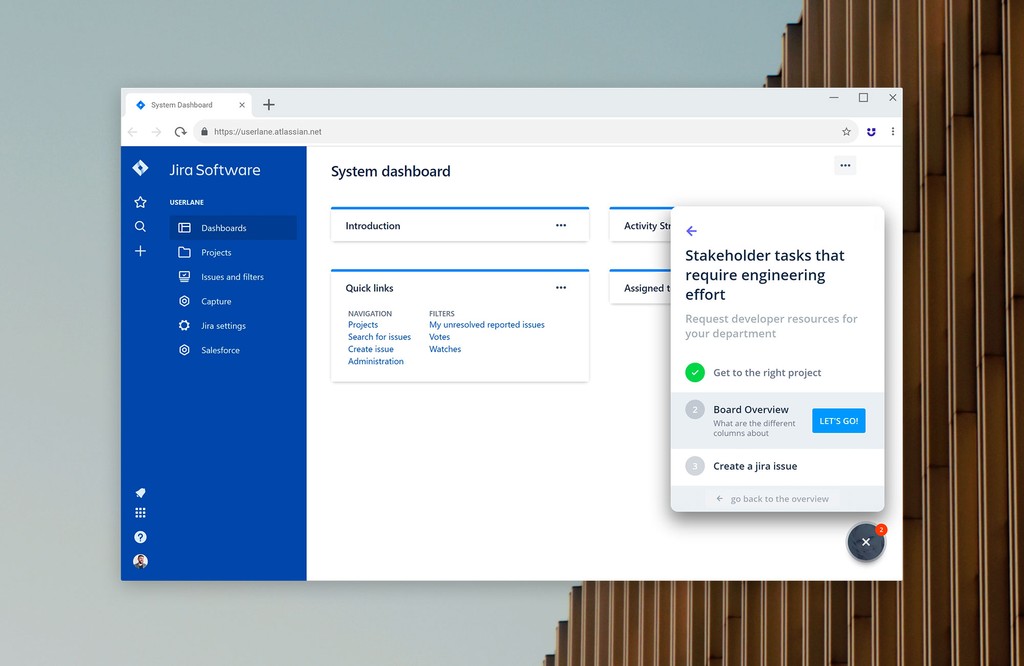
Testing and Optimization
The biggest sin regarding user experience is simply not involving your users.
Your initial flows will be based on assumptions. As mentioned, monitoring data and collecting feedback will provide you with valuable information you can use to adjust the process.
Additionally, it’s highly recommended that you implement interactive usability tests and split in-app tests to gauge engagement and pinpoint problematic areas that might lead users to drop off.
Plus, always check other services and jot down everything you like. Analyzing this list of Onbording Software for Saas is a great way to get inspired!
Go the Extra Mile
These are some of the basic measures that will help you create a frictionless onboarding flow.
But user onboarding is a very broad and complex topic that revolves around marketing and sales principles, user experience, psychology, product management, gamification, and customer success.
Suppose you’re really interested in shaping a memorable user experience with advanced tactics. In that case, I’d recommend checking Userlane’s User Onboarding Experience Guide to learn everything you need to know about user psychology, goals and objectives you need to achieve during the onboarding phase, best practices, and advanced techniques.
Keep in mind that it’s all about your users and their experience. Without a frictionless and enjoyable user experience, they’re not going to use your product.
There’s no use in having a useful product but a poor onboarding experience. Empathize with your users from the start – this is your foundation for success.
